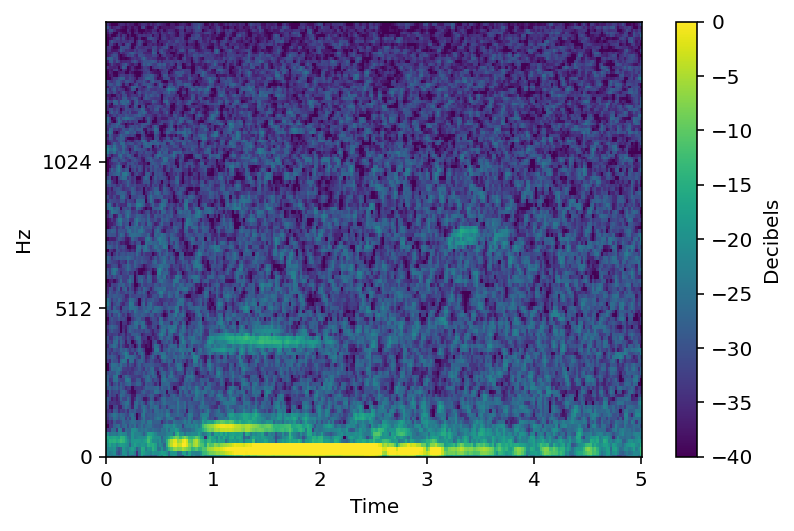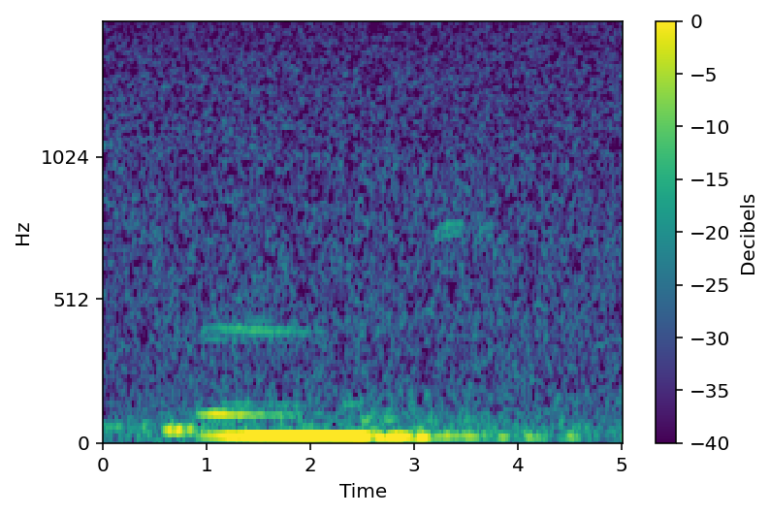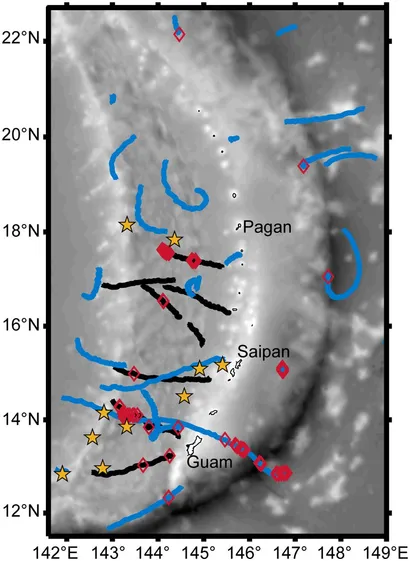Google AI model identifies mysterious "Biotwang" sound in the Mariana Trench

Key Points
- Researchers have used a Google-developed AI model to identify a mysterious underwater sound recorded in the Mariana Trench in 2014 as a previously unknown call of the Bryde's whale.
- The "biotwang" call, lasting about 3.5 seconds and consisting of five distinct parts, was recorded simultaneously with nine confirmed Bryde's whale sightings during research voyages in 2018 and 2021.
- The AI model, trained on manually annotated "biotwang" calls, revealed a consistent seasonal occurrence of the calls in the Mariana Trench and other locations, suggesting a bimodal migration pattern between equatorial breeding grounds and more northerly feeding areas.
Researchers have used a Google-developed AI model to identify a puzzling underwater sound recorded in the Mariana Trench in 2014 as a previously unknown call of the Bryde's whale. This discovery provides new insights into the distribution and migration patterns of this little-studied whale species.
A complex underwater sound recorded during an acoustic survey of the Mariana Trench in 2014 long puzzled researchers. The call, dubbed "biotwang," couldn't be attributed to any known whale species. Now, a research team using a Google-developed AI model has identified the source: It's a previously unknown call of the Bryde's whale (Balaenoptera edeni).
According to a study published in the journal Frontiers in Marine Science, the identification was made by combining visual sightings and acoustic recordings during two research voyages in the Mariana Trench in 2018 and 2021. The characteristic "biotwang" calls were recorded simultaneously with nine confirmed Bryde's whale sightings.
The "biotwang" is a complex call lasting about 3.5 seconds and consisting of five distinct parts. It starts at 30 Hz and ends with a metallic sound reaching up to 8000 Hz. This unique structure sets it apart from previously known whale calls.

The AI model developed by Google researchers was trained on manually annotated "biotwang" calls and could reliably identify these in a large dataset of underwater recordings from the western and central North Pacific. The analysis showed a consistent seasonal occurrence of the calls in the Mariana Trench and 2,200 km east at Wake Island, with occasional occurrences as far as the Northwestern Hawaiian Islands and near the equator.
The frequency of "biotwang" calls suggests a bimodal migration pattern, with Bryde's whales seemingly passing the recording sites twice a year: in smaller numbers between February and April, and more intensively between August and November. Researchers suspect the whales migrate between equatorial breeding grounds and more northerly feeding areas.

Lauren Harrell, a data scientist at Google Research, explains: "Our model can identify eight distinct species, as well as multiple calls for two of those species. Following on our collaborator’s discovery connecting Biotwangs to the Bryde’s whale and in the same paper, we expanded the model to include Biotwangs and used it to label more than 200,000 hours of underwater recordings."
The AI model is intended to help researchers automatically search for rare "biotwang" calls in large amounts of underwater audio data. By analyzing the temporal and spatial patterns of these calls, scientists hope to better understand the complex and possibly climate-dependent migration movements of Bryde's whales in the western North Pacific.
AI News Without the Hype – Curated by Humans
As a THE DECODER subscriber, you get ad-free reading, our weekly AI newsletter, the exclusive "AI Radar" Frontier Report 6× per year, access to comments, and our complete archive.
Subscribe now